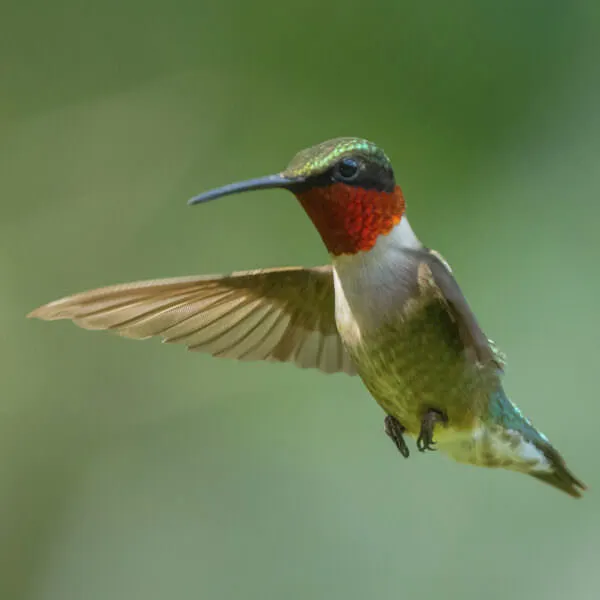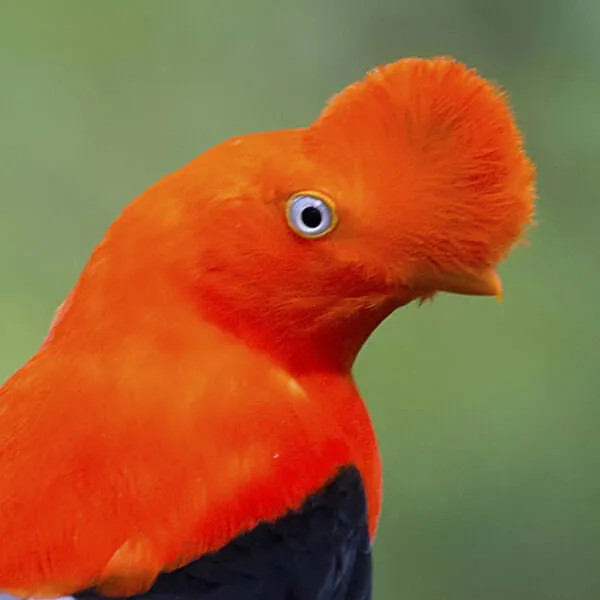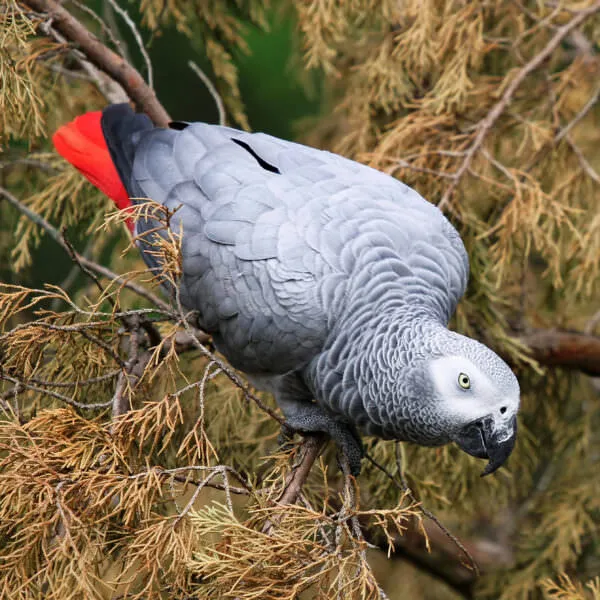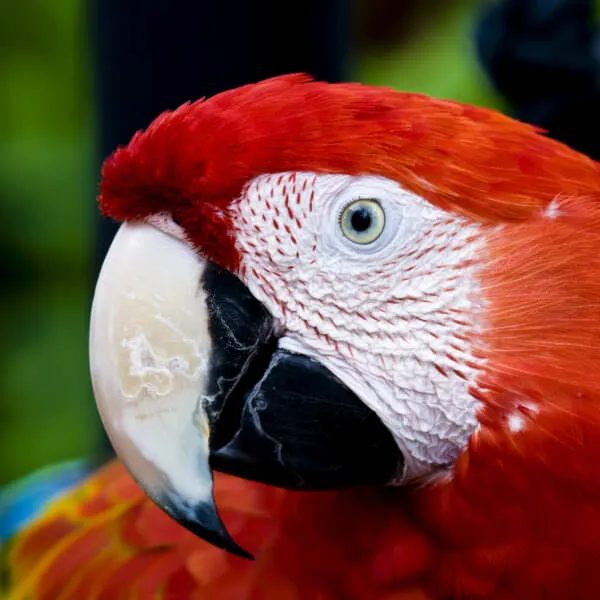Anatomy
The great curassow is a 36-inch tall, hearty bird. All great curassows have a peak of forward-curling feathers on their heads, and long tails. The base of the great curassow’s bill is yellow with a round bulge. The coloring of the females varies; they can be black or chestnut-colored with black or white bars and their heads and crest may be striped with black and white. The males are a lustrous blue or black, and have white bellies. They have long lifespans (up to 24 years!) and a low rate of reproduction.
We're All In
Together, we're building a future where people and nature thrive. Sign up today and join our movement...
Habitat
While the range of the great curassow extends from southern Mexico to western Ecuador, their habitat is usually limited to national parks and reserves. They build their nests of leaves and twigs in the forks and depressions of trees. The male curassow leads his family and whistles when there are signs of danger. Females lay two eggs at a time. Curassows are monogamous and travel in pairs or in small groups. The group can communicate by grunting. Like chickens, they tend to run rather than fly.
Diet
The curassow finds its food by foraging on fallen fruits, berries and seeds. Additionally they may scrape the ground in search of insects or small animals.
Threats
Deforestation of tropical forests is the major threat to the survival of the great curassow. Humans are a direct threat to the great curassow because the local inhabitants hunt them for food. Besides humans, snakes are also their predators.
Sources
- Jukofsky, Diane. Encyclopedia of Rainforests. Connecticut: Oryx Press, 2002.
- University of Michigan Museum of Zoology
- « Great Curassow, » United States National Park Service website, 2007.
- « Great Curassow, » Rainforest Live website, 2006.
- IUCN Red List of Threatened Species



